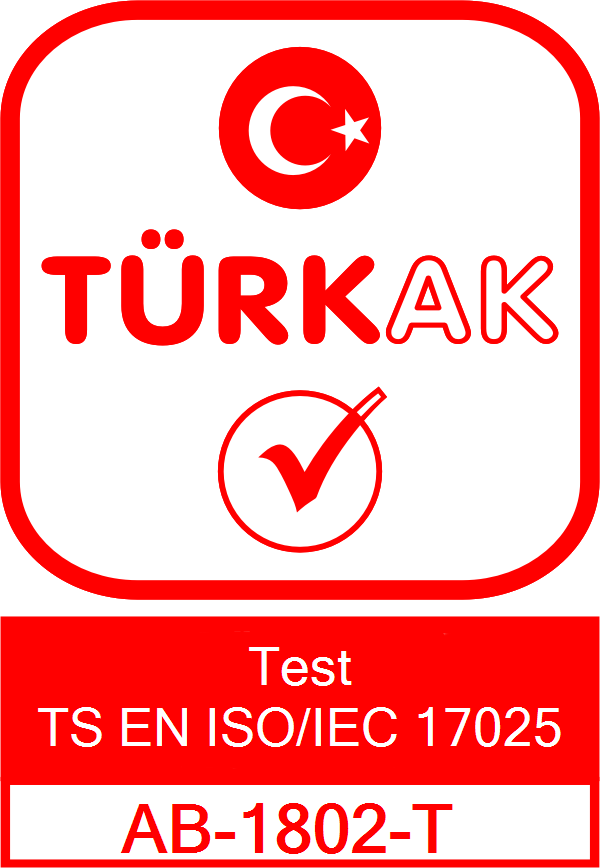Chemical Characterization Test
Chemical Characterization – According to ISO 10993-18
1. What is Chemical Characterization?
Chemical characterization is the process of identifying and quantifying chemical substances that may leach or be released from a medical device during clinical use. ISO 10993-18 provides the framework for this evaluation as part of the biological risk assessment.
2. Applicable Standards
| Standard | Description |
|---|---|
| ISO 10993-18 | Chemical characterization of medical device materials |
| ISO 10993-12 | Sample preparation and extraction conditions |
| ISO 10993-17 | Toxicological risk assessment (PDE, AET) |
| ISO 10993-1 | Biological evaluation and test strategy |
3. Test Objective
-
Identification of Extractables and Leachables (E&L)
-
Determination of chemical profile under simulated use conditions
-
Establishment of AET (Analytical Evaluation Threshold)
-
Toxicological risk assessment compliant with ISO 10993-17
4. Extraction Conditions (ISO 10993-12)
| Parameter | Requirement |
|---|---|
| Extraction Media | Pure water, PBS, 50% ethanol, IPA, oil simulants |
| Temperature | 25°C / 50°C / 70°C |
| Duration | 24–72 hours |
| Ratio | 3–6 cm²/mL or 0.2 g/mL |
| Device Types | Implantable, mucosal or parenteral devices |
5. Analytical Techniques
| Technique | Purpose |
|---|---|
| GC-MS / HS-GC-MS | Volatile organics (VOC) |
| LC-MS/MS | Semi-volatile and polar extractables |
| ICP-MS | Elements & heavy metals |
| FTIR / NMR | Material verification |
| GC-FID | Organic solvent residues |
6. Toxicological Risk Assessment (ISO 10993-17)
Where:
-
PDE = Permitted Daily Exposure
-
A = Contact area
-
B = Extract volume
-
UF = Uncertainty Factor
Margin of Safety (MoS):
MoS ≥ 1 → Acceptable risk.
7. TTS Laboratory Services Provide
✔ Full chemical characterization according to ISO 10993-18
✔ Extractables & Leachables profiling (EO, solvents, plasticizers)
✔ GC-MS, LC-MS/MS, ICP-MS validated methods
✔ Toxicological assessment per ISO 10993-17
✔ Reports for CE Marking, FDA 510(k), MDR compliance

